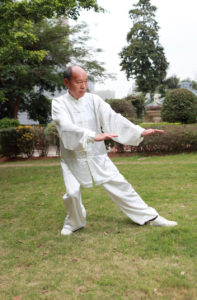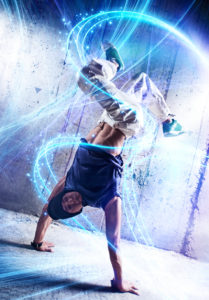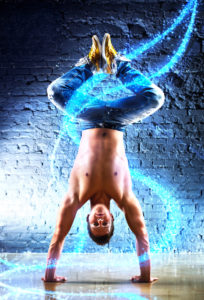Many years ago while studying counseling psychology, I analyzed the “Gloria tapes.” In these films three famous psychotherapists – Carl Rogers, Fritz Perls, and Albert Elllis – each interview the same young woman, Gloria. Through my focus on the nonverbal dimension of the therapy session with Perls, I learned something about movement and fighting.

Mirroring, echoing, and synchrony are indicative of rapport. As I watched the videotape without sound, I saw many instances of these behaviors between Gloria and Perls. For example, Gloria would retreat, then Perls would lean back. Or Perls would advance, and Gloria would echo this postural shift. When Gloria executed a series of rapid hand movements, Perls repeated the motions in a more leisurely fashion.
Nevertheless, I was aware that they two quarreled at one point during the session. I was shocked, however, when I finally listened to the tape. Then I discovered that their quarrel began almost at the very beginning of the session!
This discovery cast the nonverbal indicators of rapport in a different light. I had to surmise that “having a good fight” involves some degree of coordination between the combatants. Perhaps this explains why some couples seem to enjoy fighting….









